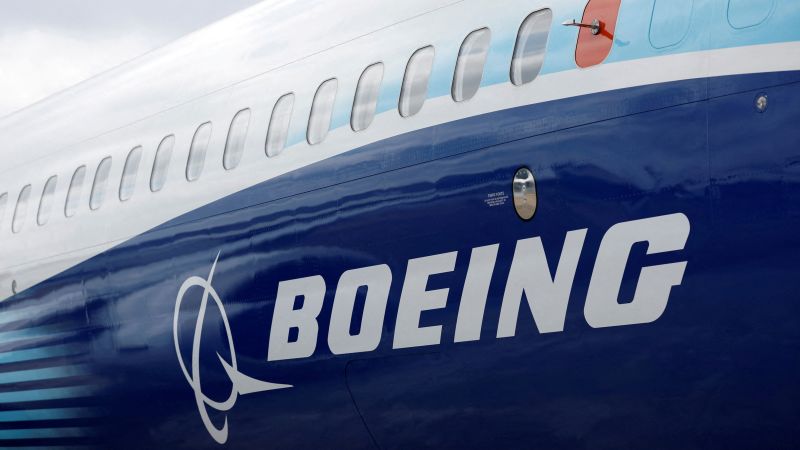The National Transportation Safety Board has issued “urgent safety recommendations” for some Boeing 737s, including the 737 MAX line, warning of potential critical flight control issues. This warning follows an investigation into a February incident where the pilots of a United Airlines MAX 8 reported their rudder pedals being stuck in a neutral position. The NTSB found that an actuator attached to the rudder on some 737 NG and 737 MAX airplanes could fail, posing a risk of losing control during landing or rollout.
Boeing has faced a series of negative headlines this year, with incidents such as a mid-air blowout of a door plug in January and a strike by 33,000 workers starting just this month. The NTSB expressed concern that Boeing’s recommended solution for pilots facing a jammed or restricted rudder—applying maximum force—could lead to unintended rudder deflections causing loss of control. The agency is recommending that Boeing come up with an alternative solution and that pilots be made aware of the issue to prevent accidents.
The FAA has stated that they are monitoring the situation closely and will convene a corrective action review board based on the NTSB’s recommendations. United Airlines is identified as the only US airline with 737s that use the components in question, which are no longer being used. Boeing has yet to provide any comment on the NTSB’s recommendations. The safety concerns regarding critical flight controls on Boeing 737s, including the 737 MAX, highlight ongoing challenges for the company and the aviation industry as a whole.
In the past five years, Boeing has faced numerous problems, including tragic incidents and embarrassing mishaps that have had significant financial consequences. The fatal crashes of its 737 Max aircraft in October 2018 and March 2019 resulted in the deaths of 346 people, leading to a 20-month grounding of the plane and a halt in deliveries to address design flaws. These incidents have raised serious concerns about Boeing’s safety protocols and the oversight of aircraft manufacturing and maintenance processes, impacting the company’s reputation and financial performance.
The issues surrounding Boeing’s 737 aircraft, particularly the MAX line, have cast a shadow over the company’s operations and impacted its relationships with airlines, regulators, and passengers. The company’s response to safety concerns has been scrutinized, with questions about the adequacy of its monitoring, testing, and communication practices. The NTSB’s recent safety recommendations regarding potential rudder failures on certain 737 models highlight the ongoing challenges faced by Boeing in ensuring the safety and reliability of its aircraft in a rapidly evolving aviation industry.
Boeing’s reputation as a leading aircraft manufacturer has been tarnished by a series of safety incidents, design flaws, and regulatory failures, prompting calls for increased oversight and accountability. The company’s handling of safety issues, including the response to the 737 Max crashes and the recent NTSB warnings, will be closely watched by industry stakeholders and the public. As Boeing continues to address these challenges, the focus on safety, transparency, and risk management in aircraft design and operations will be paramount to restoring trust and ensuring the safety of passengers and crew.


